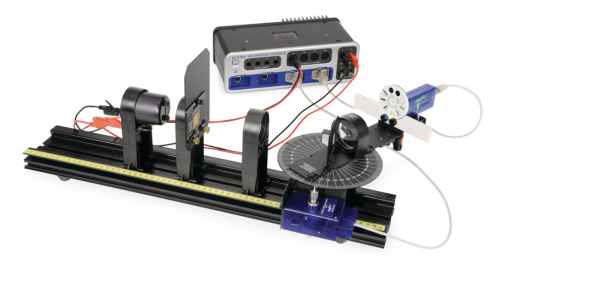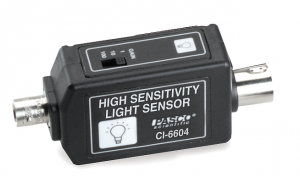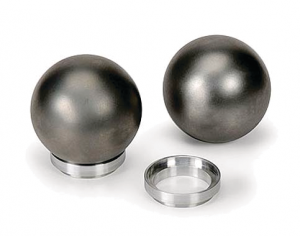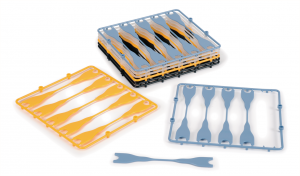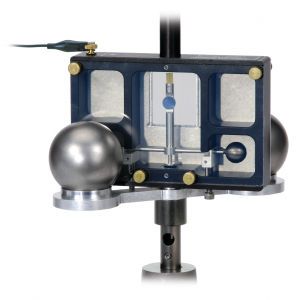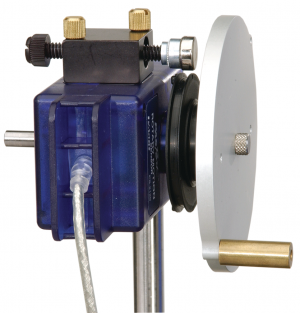Product Details
Blackbody Radiation Experiment
The complete solution for demonstrating the blackbody spectrum of light intensity for a light bulb. Great for qualitative analysis.
Description
In this experiment designed for use with PASCO Capstone software, the classic blackbody spectrum of light intensity versus wavelength is obtained for a light bulb and the shift in the peak wavelength is demonstrated for different bulb temperatures.
The spectrum of an incandescent light bulb is scanned by hand using a prism spectrophotometer, which measures relative light intensity as a function of angle. A Broad Spectrum Light Sensor is used with a prism so the entire spectrum from approximately 400 nm to 2500 nm can be scanned without the overlapping orders caused by a grating. The wavelengths corresponding to the angles are calculated using the equations for a prism spectrophotometer. The relative light intensity can then be plotted as a function of wavelength as the spectrum is scanned, resulting in the characteristic blackbody curve. The intensity of the light bulb is reduced, reducing the temperature, and the scan is repeated to show how the curves nest with a shift in the peak wavelength.
The temperature of the bulb’s filament can then be measured indirectly by determining the resistance of the bulb from the measured voltage and current. From the temperature, the theoretical peak wavelength can be calculated and compared to the measured peak wavelength.
Note: The results are qualitative, and suitable for introductory classes only.
PASCO Advantage: The light bulb is powered by the interface, making it easy to change its temperature by changing the voltage across the bulb. All the complex calculations for the angle-to-wavelength conversion are stored in the setup file for PASCO Capstone.
https://www.pasco.com/products/complete-experiments/thermodynamics/ex-5529#specs-panel

